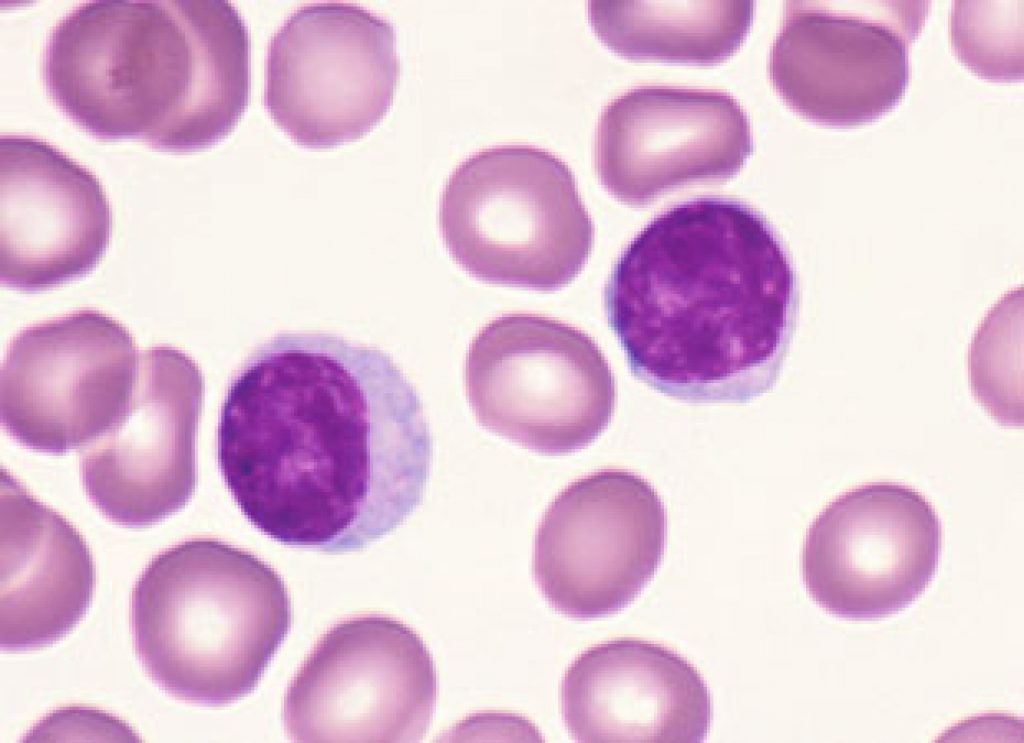
AsianScientist (Jun. 3, 2013) – New research from a Swiss-Japanese team suggests that the key cells in the thymus may evolve from cortical-thymic epithelial cells (cTECs).
Key thymus cells called the medullary thymic epithelial cells (mTECs) allow the thymus to ensure that the body’s T cells are able to distinguish between potentially harmful foreign antigens and those that are produced by the body itself.
T-lymphocytes, or T cells, are a principal component of the body’s adaptive immune system. Together, these cells express a large repertoire of antigen specific receptors that recognize foreign material derived, for example, from pathogens and tumor cells. In the process however, some T cells express antigen receptors that respond well to the body’s own proteins, so-called self-antigens.
To prevent T cells bearing a self-reactive antigen receptor from exiting the thymus and causing autoimmunity, a safeguard mechanism exists where T cells that recognize their specific antigen presented by mTECs are deleted in the thymus.
Very little is presently known about how cTECs and mTECs develop, or how they relate to each other. A Swiss-Japanese research team suggests that mTECs do not share a common progenitor with cTECs that produce T cells, but may actually evolve from them.
In this study, the researchers report that mTECs derive from cells that already express β5t, a proteasome subunit that is densely concentrated in cTECs and no other cell types, including mTECs themselves.
This finding suggests that evolutionary pressures have caused the body to check the quality of T cells that it produces. As the capacity to produce a seemingly infinite number of T cell antigen receptors evolved, the ability to control their specificities also became important.
The research project was led in Switzerland by Prof. Georg Holländer, Professor of Paediatric Immunology at the University of Basel and Action Research Professor of Paediatrics at the University of Oxford. In Japan, the project was led by Prof. Yousuke Takahama of the Institute for Genome Research at the University of Tokushima, which initially discovered the β5t proteasome subunit.
The article can be found at: Ohigashi I et al. (2013) Aire-expressing thymic medullary epithelial cells originate from β5t-expressing progenitor cells.
——
Source: Universitat Basel; Photo: fickleandfreckled/Flickr/CC.
Disclaimer: This article does not necessarily reflect the views of AsianScientist or its staff.












